Home>Maintenance & Safety>Safety Equipment & Products>How To Perform A Home Safety Check
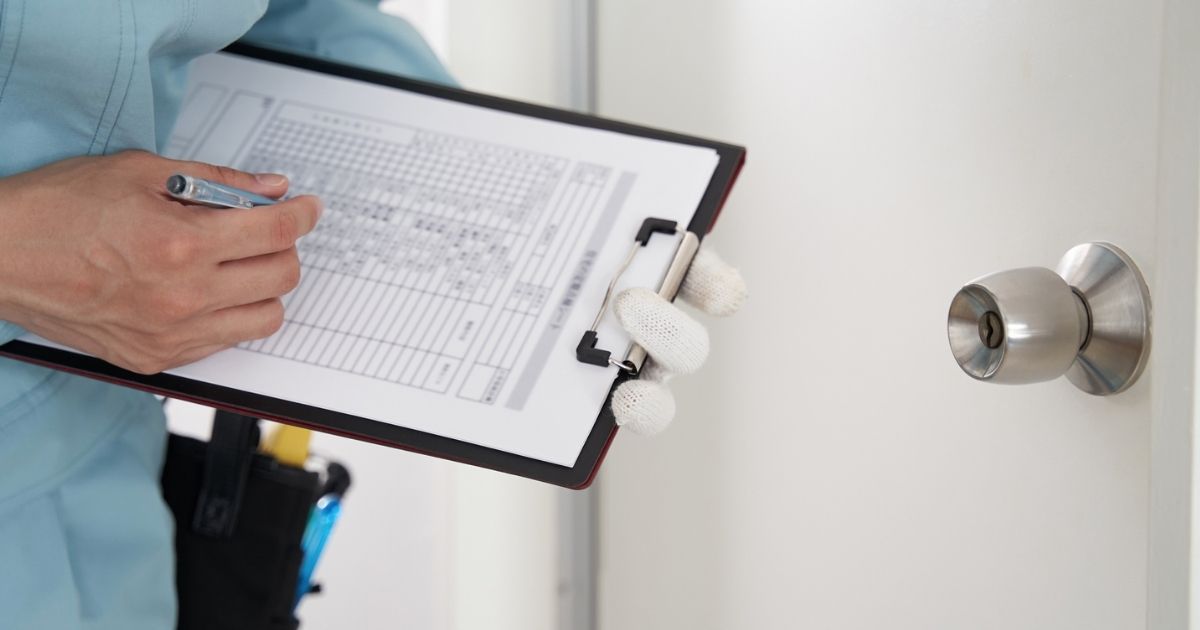

Safety Equipment & Products
How To Perform A Home Safety Check
Modified: February 10, 2024
Ensure your home is safe with our comprehensive guide to performing a home safety check. Find the best safety equipment and products to protect your family.
(Many of the links in this article redirect to a specific reviewed product. Your purchase of these products through affiliate links helps to generate commission for Storables.com, at no extra cost. Learn more)
Introduction
Welcome to the ultimate guide on performing a home safety check! Your home should be a place of comfort and security, and ensuring its safety is paramount. Whether you’re a homeowner, renter, or simply looking to enhance the safety of your living space, this comprehensive guide will equip you with the knowledge and insights to create a safer environment for you and your loved ones.
From electrical safety to fire prevention, kitchen and bathroom safety, and outdoor precautions, we’ll cover every aspect of home safety. By implementing the tips and recommendations provided in this guide, you can significantly reduce the risk of accidents and create a secure haven for your family.
Let’s embark on this journey to fortify the safety of your home, empowering you with the expertise to identify potential hazards and take proactive measures to mitigate risks. Your home safety is our top priority, and we’re here to guide you every step of the way.
Key Takeaways:
- Prioritize safety in every area of your home, from electrical precautions to outdoor measures, to create a secure and harmonious living environment for you and your loved ones.
- By staying informed, maintaining awareness of potential hazards, and involving all household members in safety practices, you can fortify your home against a wide range of safety risks.
Read more: How To Check If Electrical Wire Is Live
General Home Safety Tips
Ensuring the safety of your home involves a combination of diligence, awareness, and proactive measures. Here are some general home safety tips to kickstart your journey towards a secure living environment:
- Install and Maintain Smoke Alarms: Place smoke alarms on every level of your home, including inside bedrooms and near the kitchen. Regularly test the alarms and replace the batteries at least once a year.
- Carbon Monoxide Detectors: Install carbon monoxide detectors in key areas of your home, particularly near sleeping areas. Like smoke alarms, ensure they are tested and have functioning batteries.
- Secure Heavy Furniture: Anchor heavy furniture, such as bookcases and dressers, to the wall to prevent tipping. This is especially crucial in homes with young children.
- Keep Emergency Numbers Handy: Post emergency numbers, including local fire, police, and poison control, in a visible location. Ensure that all family members are familiar with these numbers.
- Create an Emergency Plan: Develop and practice a home evacuation plan with all household members. Identify escape routes and designate a meeting point outside the home.
- First Aid Kit: Maintain a well-equipped first aid kit and store it in a readily accessible location. Familiarize yourself with its contents and basic first aid procedures.
- Home Security: Implement robust home security measures, such as sturdy locks, security cameras, and outdoor lighting, to deter potential intruders and enhance overall safety.
- Regular Maintenance: Stay proactive with home maintenance, including checking for loose handrails, repairing damaged flooring, and addressing any potential tripping hazards.
- Childproofing: If children are present in the home, take steps to childproof hazardous areas, secure cabinets, and install safety gates at the top and bottom of stairs.
By integrating these general home safety tips into your household routines, you can establish a solid foundation for a secure and well-protected living space.
Electrical Safety
Electrical safety is a critical aspect of home safety, as electrical hazards can pose significant risks if not properly managed. Here are essential electrical safety measures to safeguard your home:
- Regular Inspections: Schedule routine inspections of your home’s electrical system by a qualified electrician. This includes checking the wiring, outlets, and circuit breaker panel for any signs of wear, damage, or overloading.
- Outlet Protection: Utilize outlet covers or safety plugs to prevent young children from inserting objects into electrical outlets, reducing the risk of electrical shocks.
- Avoid Overloading Circuits: Be mindful of the number of appliances and devices connected to a single outlet or circuit. Overloading can lead to overheating and potential fire hazards.
- Extension Cord Safety: Use extension cords sparingly and avoid running them under carpets or rugs, as this can lead to damage and create tripping hazards. Opt for surge-protected extension cords for added safety.
- Ground Fault Circuit Interrupters (GFCIs): Install GFCI outlets in areas prone to moisture, such as kitchens, bathrooms, and outdoor spaces. These outlets are designed to quickly cut off power in the event of a ground fault, reducing the risk of electric shock.
- Light Bulb Wattage: Adhere to the recommended wattage for light fixtures to prevent overheating. Check the fixture’s label for the appropriate bulb wattage specifications.
- Appliance Maintenance: Regularly inspect and maintain electrical appliances, cords, and plugs. Replace frayed or damaged cords immediately, and refrain from using appliances with exposed wiring.
- Unplug Unused Devices: Unplug chargers, small appliances, and electronics when not in use to minimize the risk of electrical malfunctions and reduce energy consumption.
- Education and Awareness: Educate household members about basic electrical safety practices, such as avoiding water contact when handling electrical devices and recognizing the warning signs of electrical problems.
By prioritizing electrical safety and implementing these precautions, you can significantly reduce the likelihood of electrical accidents and create a secure home environment for everyone.
Fire Safety
Fire safety is a fundamental aspect of home security, and being prepared for potential fire hazards is crucial. By incorporating the following fire safety measures into your home, you can enhance overall safety and minimize the risk of fire-related incidents:
- Smoke Alarms: Install smoke alarms on every level of your home, inside each bedroom, and near common areas. Test the alarms monthly and replace the batteries at least once a year.
- Fire Extinguishers: Keep fire extinguishers in key locations, such as the kitchen, garage, and near potential fire hazards. Familiarize yourself with their proper use and maintenance.
- Escape Routes: Identify and establish clear escape routes from every room in the house. Practice fire drills with all household members to ensure everyone knows how to evacuate safely.
- Kitchen Safety: Exercise caution when cooking, and never leave the stove unattended. Keep flammable items, such as dish towels and paper towels, away from the stove and other heat sources.
- Heating Precautions: If using space heaters, ensure they are placed on a level, non-flammable surface and kept away from curtains, furniture, and other combustible materials.
- Candle Safety: When using candles, place them in stable holders on heat-resistant surfaces, and never leave them unattended. Keep candles away from flammable objects and out of reach of children and pets.
- Electrical Precautions: Regularly inspect electrical cords and outlets for signs of wear or damage. Avoid overloading circuits and use surge protectors to safeguard against electrical fires.
- Grilling Safety: If using a grill, position it well away from the house and any flammable materials. Never leave the grill unattended while in use.
- Home Fire Escape Plan: Develop a comprehensive fire escape plan, complete with designated meeting points outside the home. Practice the escape plan regularly with all household members.
By integrating these fire safety measures into your daily routines and maintaining a vigilant approach to potential fire hazards, you can fortify your home against the threat of fires and protect your loved ones and property.
Kitchen Safety
The kitchen is the heart of the home, but it can also be a hotspot for potential hazards. By prioritizing kitchen safety, you can create a secure environment for cooking and dining. Here are essential kitchen safety tips to minimize the risk of accidents and ensure a safe culinary space:
- Unattended Cooking: Never leave the stove unattended while cooking, especially when using the stovetop. If you need to leave the kitchen, turn off the heat or designate someone to watch over the cooking process.
- Flammable Materials: Keep flammable items, such as dish towels, pot holders, and paper towels, away from the stove, oven, and other heat sources to prevent accidental fires.
- Proper Ventilation: Ensure that your kitchen is equipped with a functional exhaust fan or range hood to remove cooking fumes, steam, and airborne grease, reducing the risk of indoor air pollution and potential fire hazards.
- Childproofing: If young children are present in the home, use stove knob covers to prevent accidental ignition of burners. Store sharp utensils and hazardous items out of children’s reach.
- Sharp Object Safety: Store knives and other sharp utensils in a secure knife block or drawer organizer to prevent accidental cuts and injuries. Always handle sharp objects with caution and store them safely after use.
- Cleanliness and Organization: Keep the kitchen clean and well-organized to minimize the risk of slips, falls, and accidents. Wipe up spills promptly to prevent slippery surfaces.
- Appliance Safety: Regularly inspect and maintain kitchen appliances, such as the oven, microwave, and toaster, to ensure they are in good working condition. Address any malfunctions promptly and unplug appliances when not in use.
- Hot Surface Awareness: Use caution when handling hot pots, pans, and baking trays. Always use oven mitts or potholders to protect your hands from burns and scalds.
- Safe Food Handling: Adhere to proper food safety practices, including thorough cooking of meats, refrigeration of perishable items, and avoidance of cross-contamination between raw and cooked foods.
By embracing these kitchen safety tips and instilling a culture of caution and mindfulness in the kitchen, you can create a secure and harmonious culinary space for you and your family.
When performing a home safety check, make sure to test smoke alarms and carbon monoxide detectors regularly to ensure they are working properly and can alert you to any potential dangers.
Read more: How To Check If A Light Socket Is Working
Bathroom Safety
The bathroom, while essential for personal hygiene, can pose various safety risks, especially for young children and seniors. By implementing the following bathroom safety measures, you can mitigate potential hazards and create a secure bathing and grooming environment:
- Slip and Fall Prevention: Install non-slip mats or adhesive strips in the bathtub and shower to reduce the risk of slips and falls, especially when surfaces are wet. Consider adding a bath mat with a non-skid bottom near the tub.
- Grab Bars and Handrails: Mount sturdy grab bars and handrails in the shower, near the toilet, and along the bathtub to provide support and stability for individuals of all ages, particularly those with mobility challenges.
- Temperature Regulation: Set the water heater to a safe and comfortable temperature to prevent scalding. Test the water temperature before bathing, especially for young children and the elderly.
- Medication Safety: Store medications, cleaning supplies, and personal care products out of reach of children and pets. Use childproof caps and secure cabinets to prevent accidental ingestion.
- Electrical Safety: Keep electrical appliances, such as hair dryers and electric shavers, away from water sources to avoid the risk of electric shock. Ensure that outlets in the bathroom are equipped with ground fault circuit interrupters (GFCIs) for added protection.
- Toilet Safety: Consider installing a toilet lock to prevent young children from accessing the toilet unsupervised. Keep the toilet lid closed when not in use to minimize the risk of accidental drowning for small children and pets.
- Proper Ventilation: Ensure that the bathroom is adequately ventilated to prevent the buildup of moisture and mold. Use exhaust fans or open windows during and after bathing to promote air circulation.
- Accessibility Considerations: If your household includes individuals with disabilities, ensure that the bathroom is designed and equipped to accommodate their specific needs, including accessible showers and ample maneuvering space.
- Regular Maintenance: Check for leaky faucets, loose tiles, and any signs of water damage. Address these issues promptly to prevent structural damage and reduce the risk of slips and falls.
By prioritizing bathroom safety and integrating these precautions into your daily routines, you can transform the bathroom into a secure and comfortable space for all occupants, promoting peace of mind and well-being.
Bedroom Safety
The bedroom serves as a sanctuary for rest and relaxation, but it’s also essential to prioritize safety in this space. By implementing the following bedroom safety measures, you can create a secure and tranquil environment for a restful night’s sleep:
- Smoke Alarms: Install smoke alarms in each bedroom and test them regularly to ensure they are in good working condition. Replace the batteries at least once a year.
- Bed Placement: Position the bed away from windows to prevent potential falls and injuries. Ensure that young children cannot access windows or open them unsupervised.
- Nightstand Essentials: Keep a flashlight and a fully charged mobile phone on the nightstand in case of power outages or emergencies. Ensure that the flashlight is easily accessible in the event of a nighttime evacuation.
- Clutter-Free Floors: Keep bedroom floors free of clutter, including loose wires, clothing, and other items that may pose tripping hazards, especially during nighttime movements.
- Secure Furniture: Anchor tall dressers, bookcases, and other furniture to the wall to prevent tipping, particularly in homes with young children who may be prone to climbing.
- Window Covering Safety: Use cordless window coverings or keep cords out of reach of children to prevent the risk of strangulation. Alternatively, opt for cord safety devices to secure window blind cords.
- Fire Escape Plan: Develop and practice a fire escape plan specific to the bedroom, complete with designated escape routes and a designated meeting point outside the home.
- Bedside Rug Safety: If using area rugs beside the bed, ensure they are secured with non-slip pads to prevent slipping and tripping hazards, especially on hard flooring surfaces.
- Childproofing: If young children share the bedroom, ensure that cribs, beds, and other furnishings meet safety standards and are free of potential entrapment hazards.
By incorporating these bedroom safety tips into your daily routines and maintaining a vigilant approach to potential hazards, you can transform the bedroom into a secure and serene space, promoting peace of mind and restful sleep for all occupants.
Living Room Safety
The living room is a central gathering space for relaxation and entertainment, making it essential to prioritize safety in this area of the home. By implementing the following living room safety measures, you can create a secure and comfortable environment for leisure and social activities:
- Electrical Safety: Ensure that electrical cords are secured and out of the flow of traffic to prevent tripping hazards. Avoid running cords under rugs or furniture, and use surge protectors to safeguard against electrical overloads.
- Furniture Arrangement: Arrange furniture to allow for clear pathways and unobstructed movement throughout the living room. Minimize the risk of tripping and falling by maintaining a clutter-free environment.
- Secure Rugs: Use non-slip pads or rug grippers to secure area rugs and prevent them from shifting or causing slips and falls. Ensure that rug edges are not curled or raised to reduce tripping hazards.
- Fireplace Safety: If your living room includes a fireplace, use a sturdy fireplace screen to prevent sparks and embers from escaping. Keep flammable items, such as curtains and furniture, at a safe distance from the fireplace.
- Window Safety: Install window guards or stops to prevent young children from opening windows unsupervised. Ensure that window blind cords are secured and out of reach to prevent strangulation hazards.
- Childproofing: If young children frequent the living room, use safety gates to block off access to stairs and other potentially hazardous areas. Secure heavy furniture and TV stands to prevent tipping.
- Lighting: Ensure that the living room is well-lit to minimize the risk of trips and falls, especially during evening hours. Use nightlights in hallways and common walkways to provide visibility at night.
- Emergency Preparedness: Keep a well-stocked first aid kit in the living room and ensure that all household members are familiar with its contents and basic first aid procedures.
- Home Security: Consider installing a home security system with motion sensors and entryway alarms to deter potential intruders and enhance overall safety.
By embracing these living room safety tips and fostering a culture of caution and awareness, you can transform the living room into a secure and inviting space for leisure, socializing, and relaxation for all occupants.
Outdoor Safety
Outdoor spaces offer opportunities for recreation and relaxation, but it’s crucial to prioritize safety in these areas to prevent accidents and promote well-being. By implementing the following outdoor safety measures, you can create a secure and enjoyable environment for outdoor activities and leisure:
- Lighting: Ensure that outdoor walkways, stairs, and entryways are well-lit to minimize the risk of trips and falls, especially during nighttime. Install motion-activated lights to enhance visibility and deter potential intruders.
- Pathway Maintenance: Keep outdoor pathways and walkways clear of debris, overgrown vegetation, and other obstructions to prevent tripping hazards and facilitate safe movement.
- Pool Safety: If you have a swimming pool or hot tub, install a secure fence with a self-closing gate to prevent unsupervised access. Keep rescue equipment and a first aid kit near the pool area.
- Grill and Fire Pit Safety: Position grills and fire pits away from structures, overhanging branches, and flammable materials. Keep a fire extinguisher nearby and supervise the use of these outdoor features at all times.
- Secure Play Equipment: If you have outdoor play equipment, such as swings and slides, ensure that they are securely anchored and free of sharp edges or protruding hardware. Use impact-absorbing materials, such as mulch or rubber, under play structures.
- Garden and Yard Tools: Safely store gardening tools, lawn equipment, and sharp implements in a locked shed or storage area to prevent access by children and minimize the risk of injuries.
- Outdoor Furniture Stability: Ensure that outdoor furniture, such as tables and chairs, is stable and free of sharp edges. Regularly inspect and maintain these items to prevent accidents and injuries.
- Wildlife Awareness: Educate household members about potential wildlife encounters and safety precautions, particularly in regions where encounters with wild animals are possible.
- Emergency Communication: Ensure that outdoor areas have access to communication devices, such as mobile phones or two-way radios, in case of emergencies or accidents.
By integrating these outdoor safety measures into your outdoor routines and maintaining a vigilant approach to potential hazards, you can transform your outdoor spaces into secure and inviting environments for recreation and relaxation for all occupants.
Conclusion
Congratulations on completing this comprehensive guide to performing a home safety check! By prioritizing safety in every area of your home, you have taken a proactive step towards creating a secure and harmonious living environment for you and your loved ones. Remember, safety is an ongoing commitment, and by incorporating the tips and measures outlined in this guide into your daily routines, you can significantly reduce the risk of accidents and promote peace of mind.
From electrical safety and fire prevention to kitchen, bathroom, bedroom, living room, and outdoor precautions, every aspect of home safety plays a crucial role in safeguarding your well-being. By staying informed, maintaining awareness of potential hazards, and fostering a culture of caution and preparedness, you can fortify your home against a wide range of safety risks.
It’s important to involve all household members in the pursuit of home safety, from educating children about potential hazards to practicing fire drills and emergency evacuation plans as a family. By working together, you can create a shared commitment to safety that permeates every aspect of your daily lives.
As you embark on this journey to fortify your home’s safety, remember that small, consistent efforts can yield significant results. Whether it’s installing and maintaining smoke alarms, childproofing hazardous areas, or securing heavy furniture, every action contributes to a safer living environment.
By embracing the principles of home safety and making it a priority, you are not only protecting your physical well-being but also fostering a sense of security and tranquility within your home. Your dedication to safety is a testament to your commitment to creating a secure haven for yourself and your family.
Thank you for entrusting us with your home safety journey. We hope that this guide has equipped you with the knowledge and insights to perform a thorough home safety check and take proactive measures to mitigate potential risks. Here’s to a safer, more secure home for all!
Frequently Asked Questions about How To Perform A Home Safety Check
Was this page helpful?
At Storables.com, we guarantee accurate and reliable information. Our content, validated by Expert Board Contributors, is crafted following stringent Editorial Policies. We're committed to providing you with well-researched, expert-backed insights for all your informational needs.
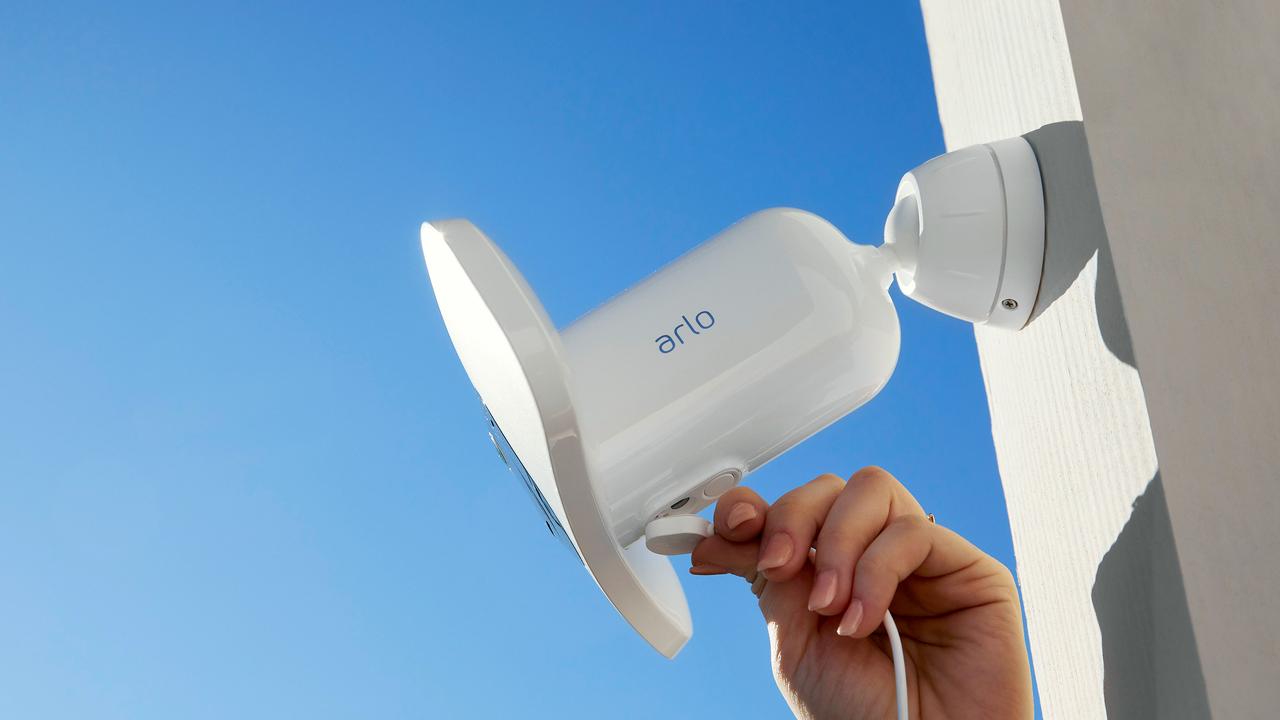
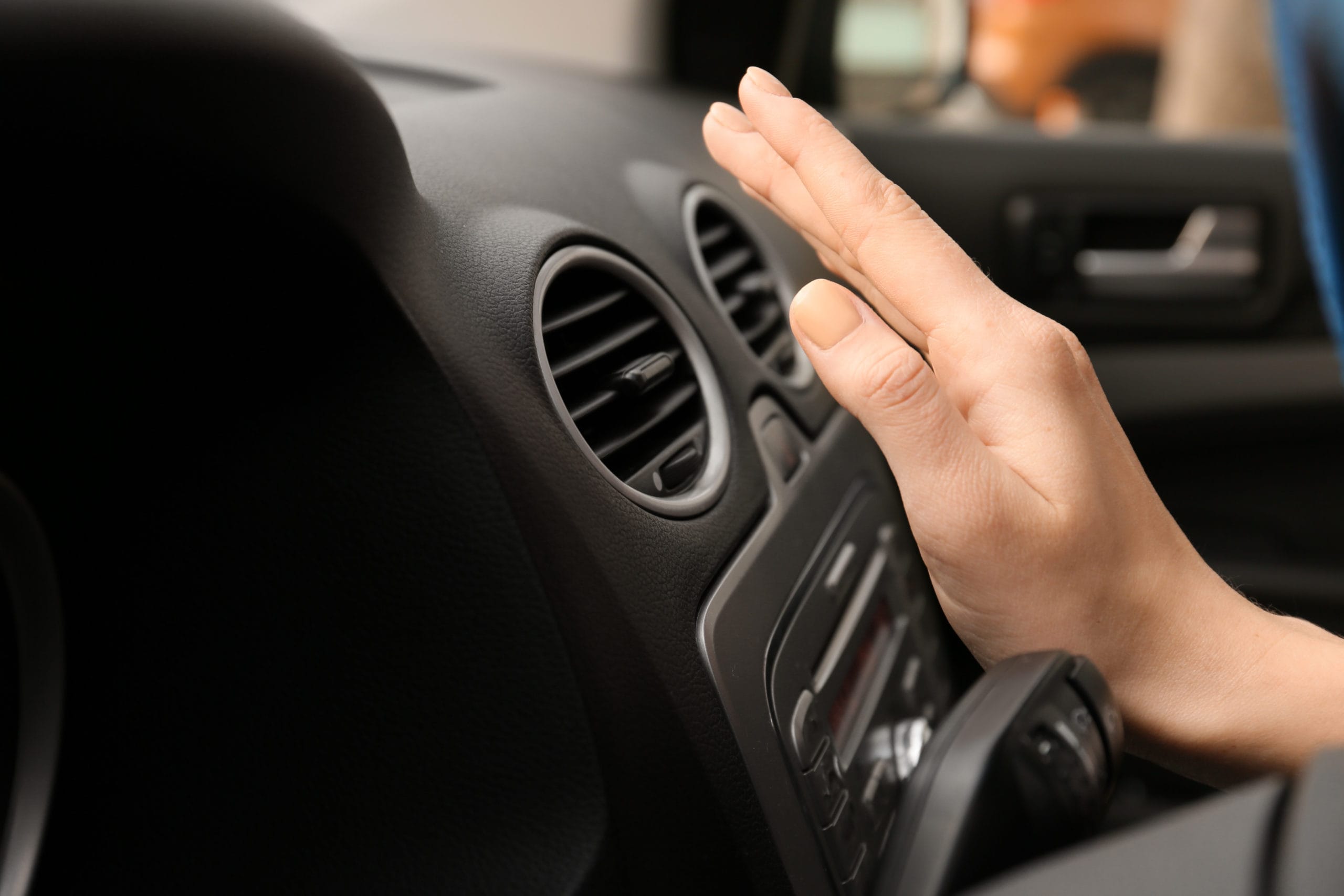
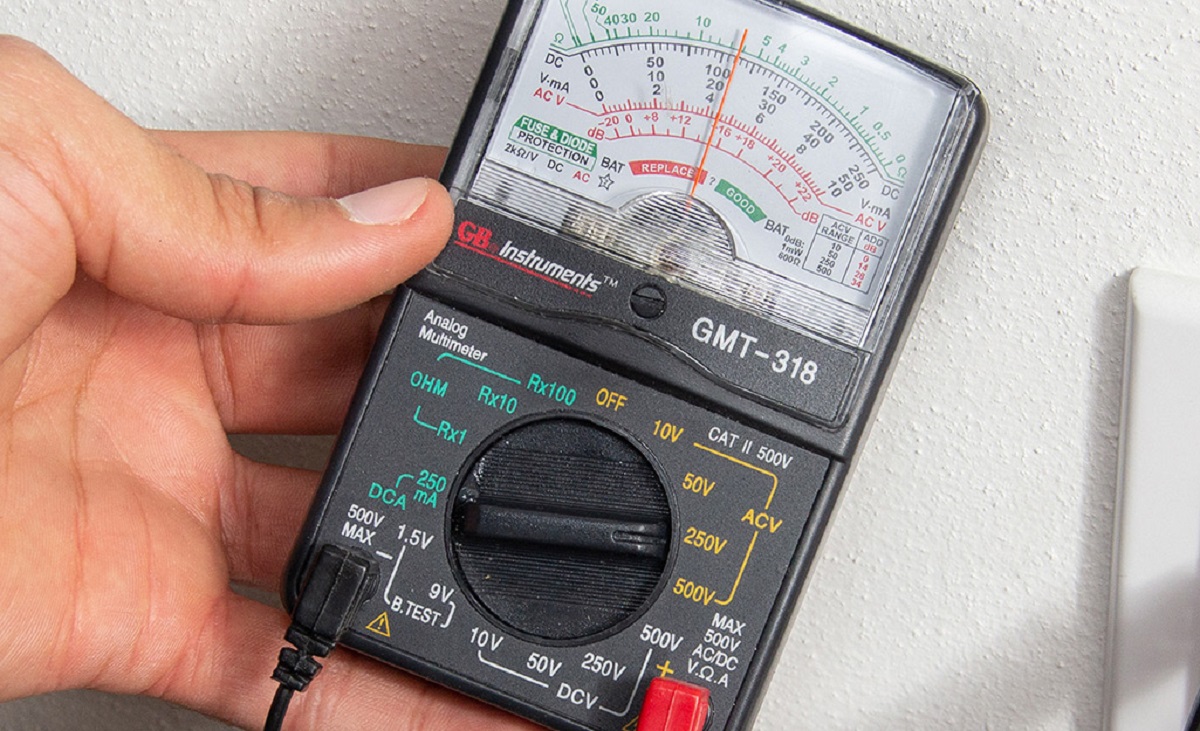
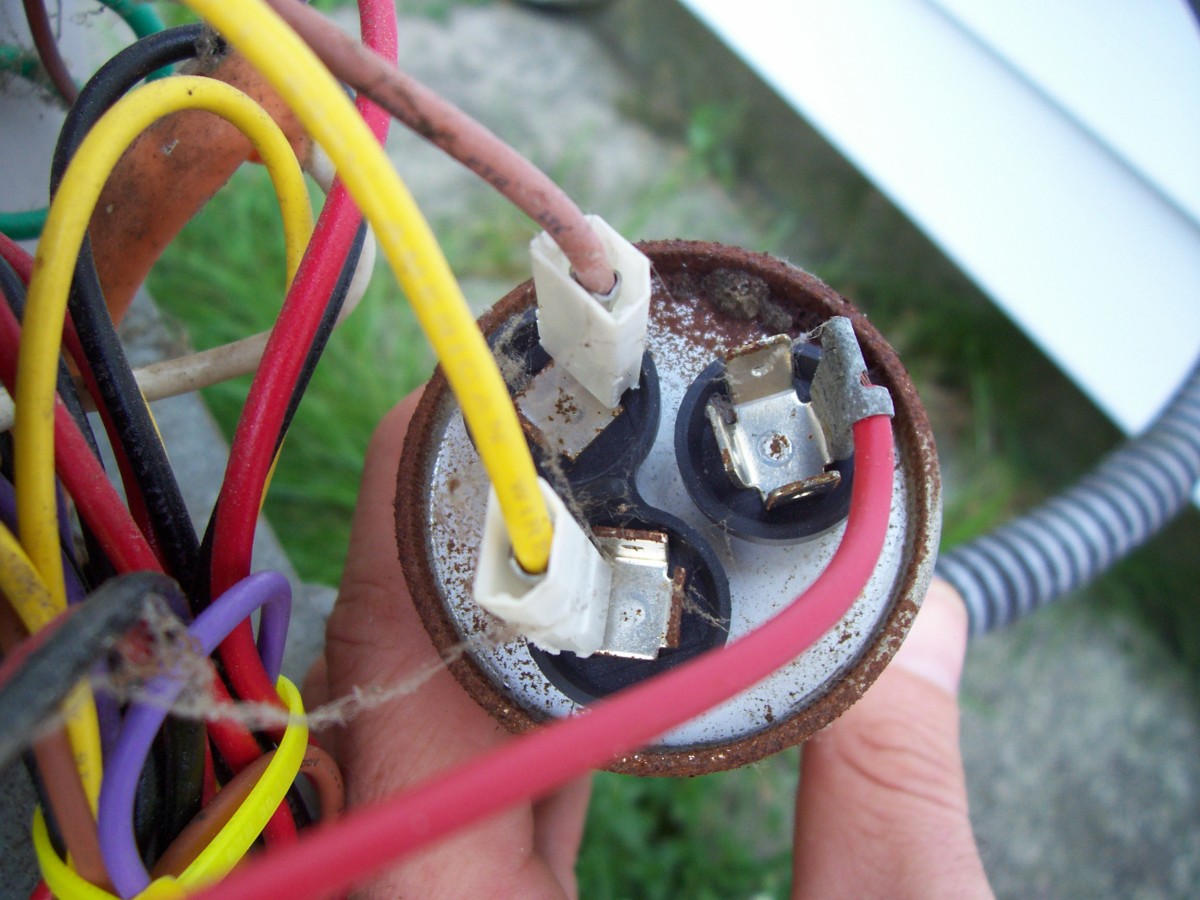
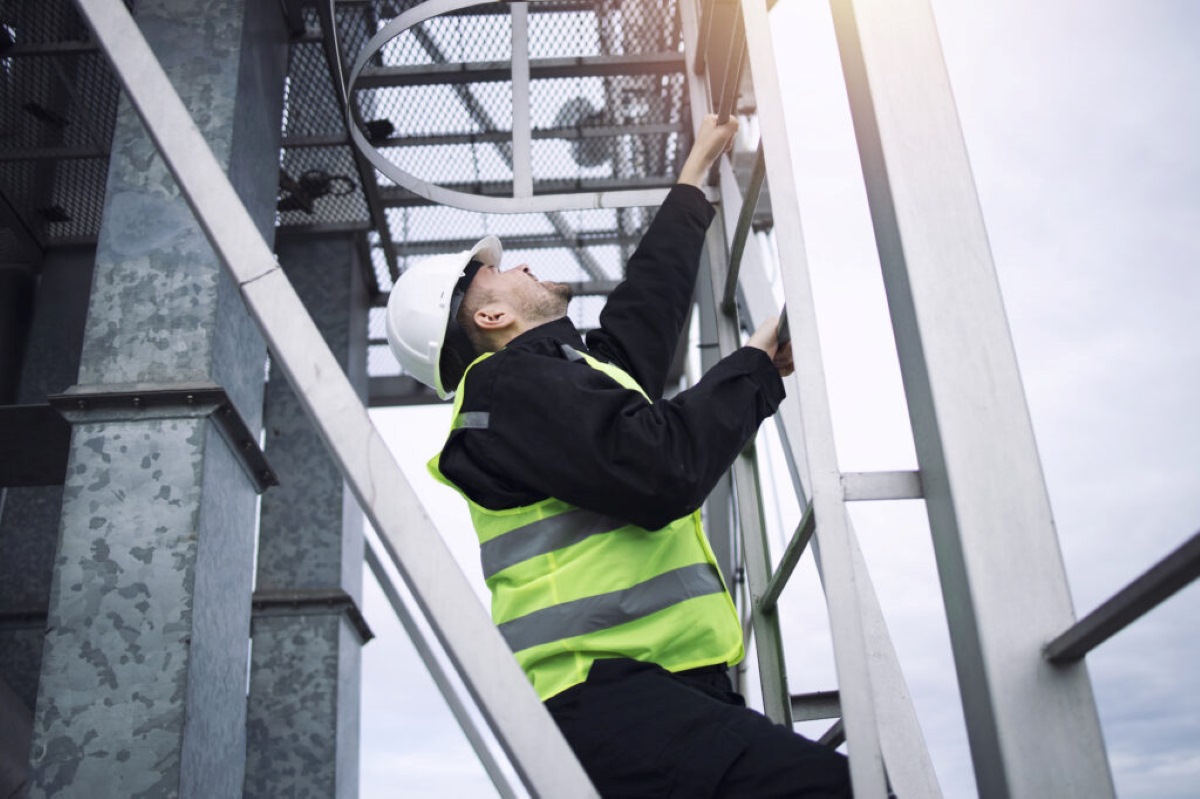

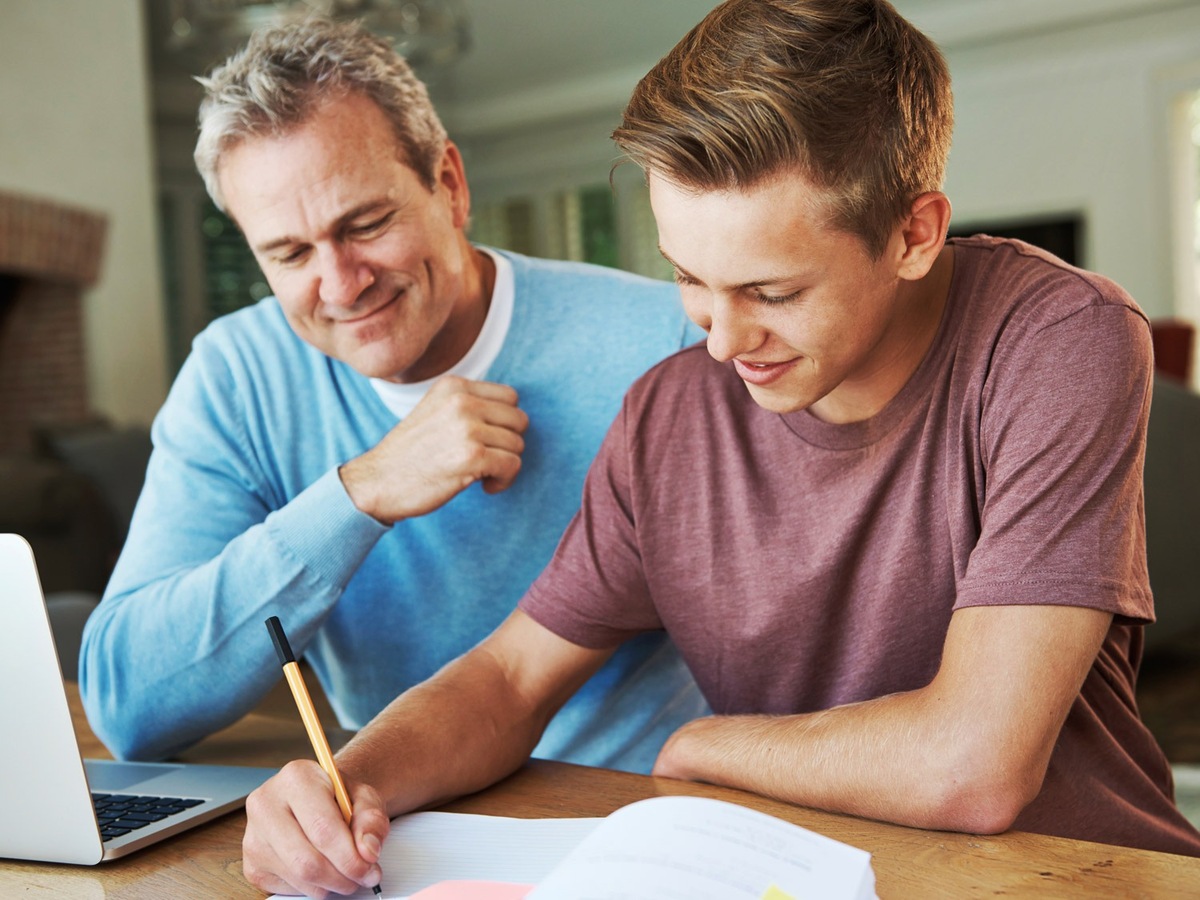
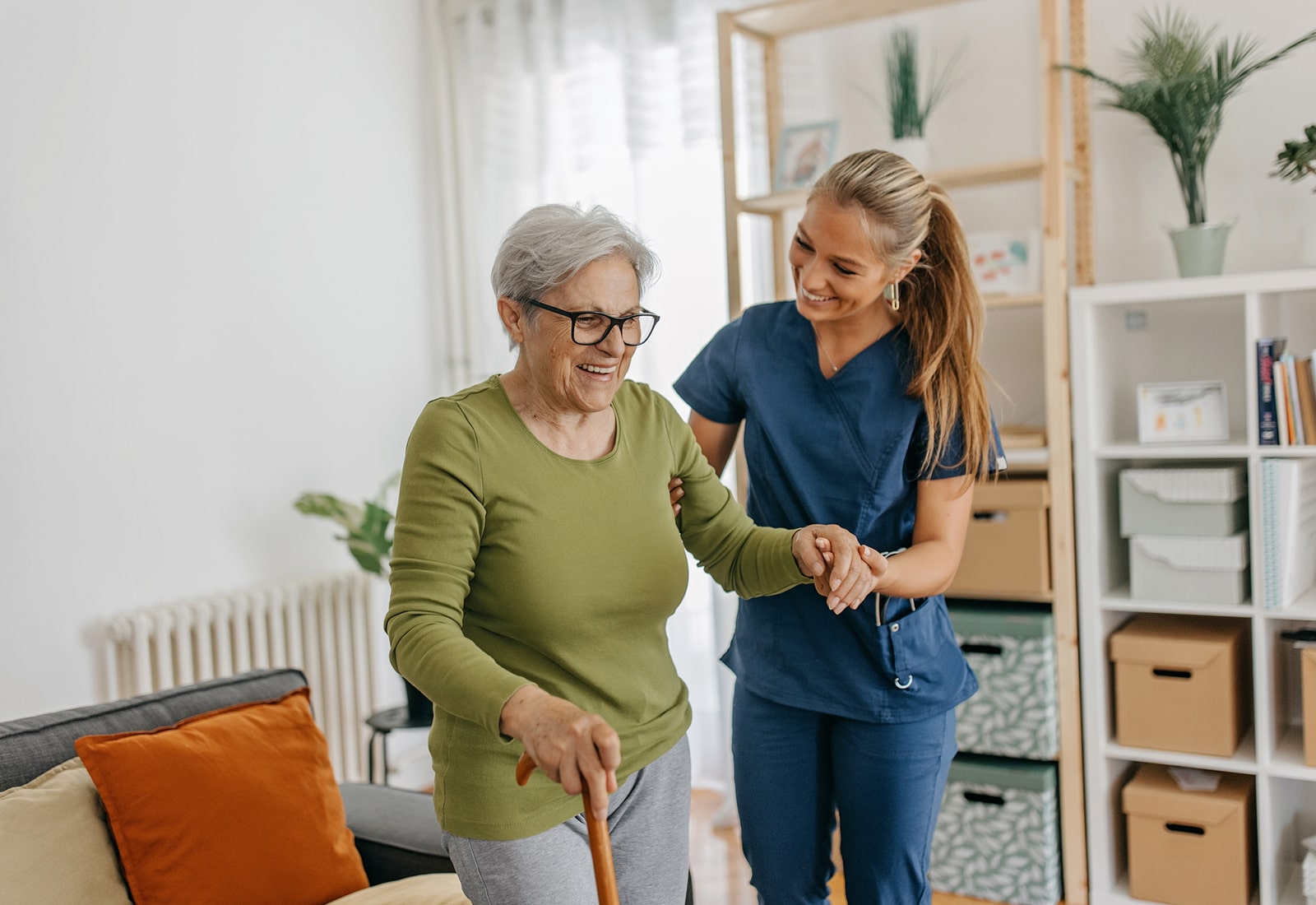
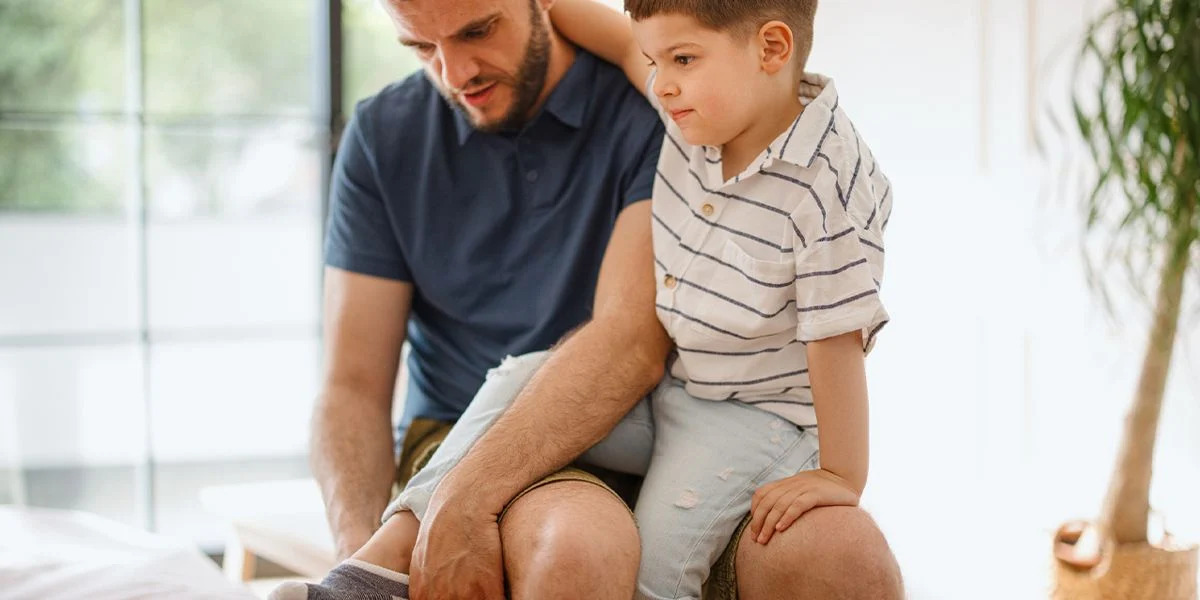

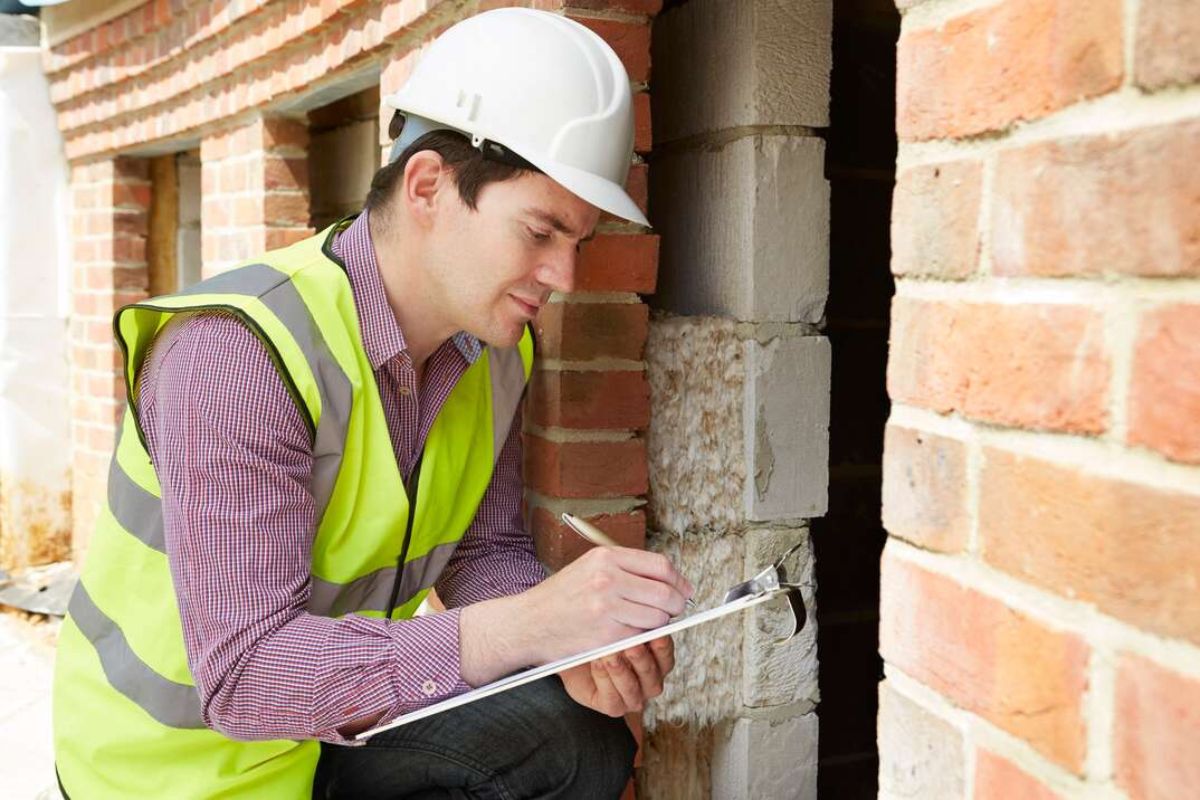



0 thoughts on “How To Perform A Home Safety Check”